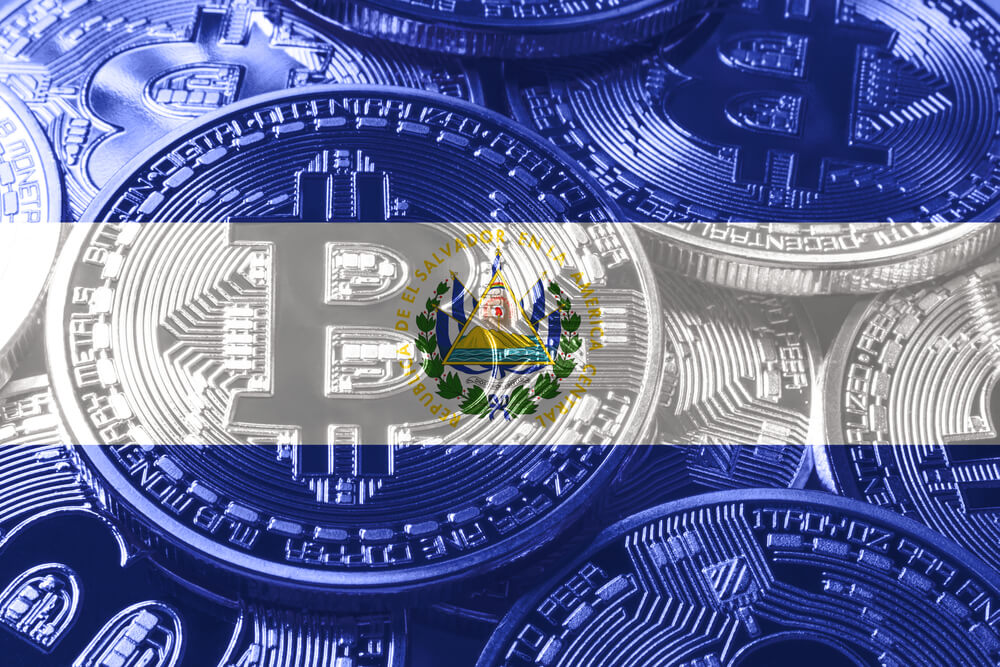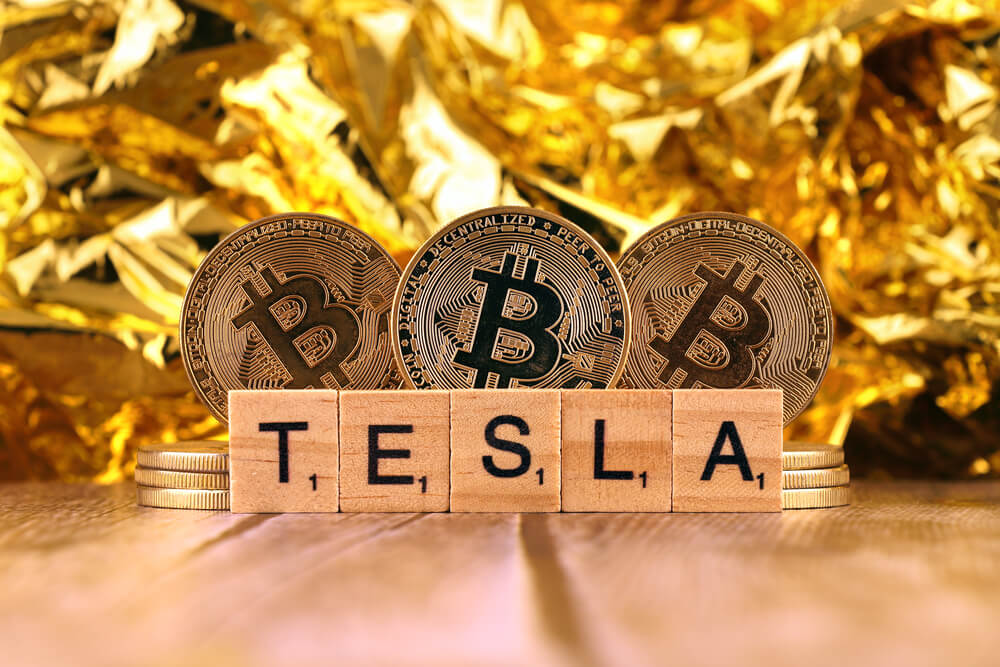Could Bitcoin’s Lightning Power Mobile Communications? This Startup Thinks So
Bitcoin, bitcoin, bitcoin. We’ve been listening to people ranting about the “next level money system”, “technology that will disrupt banking”, “adamant way of getting loaded.” Not like it all appeared to be true, but bitcoin fans are about to get one more reason to keep talking about it.
GoTenna, a mobile mesh networking company, has shared its latest research on bitcoin. The document explores how bitcoin’s lightning network can be applied to decentralize mobile communication.
The idea of using cryptocurrencies and blockchains in other spheres besides digital currency is particularly appealing to many and technologists are trying to make it work this way. The point is that programs built using blockchains are much more secure than what we have today and grant users more control of their own data shared with the program. And in the era where information is bought and sold and Big Brothers like Microsoft, Facebook, and Google are watching us, data security is the top priority for many, many conscious users.
So, GoTenna is a company known for its mesh network devices for internet-less connection. And it decided to go deeper and explore the possibilities of blockchains. The GoTenna team shared their recent research on how it can work. They say that bitcoin micropayments can be used to power decentralized mesh networks for sending “mobile communications” (such as text messages). And they believe so much in this idea, that they even founded a new subsidiary Global Mesh Labs LLC that will be focusing on developing this technology.
The project website says that “80 billion mobile messages are sent each day via carriers and [Internet Service Providers (ISPs)]. Mobile mesh networks offer an anti-fragile, decentralized alternative that can extend connectivity to places centralized networks can’t.”
One thing that may be the obstacle for people to fully appreciate the idea of mesh services is their lack of interest in running the infrastructure required to relay data across the network, the paper states. The solution is Lot49 — GoTenna is going to use a new “trust-minimized” protocol based on bitcoin’s lighting, which would pay users for relaying data.
Richard Myers, an engineer at GoTenna who wrote the paper, says that any node can earn a reward for relaying data for others and by being at the right place at the right time. Sounds vague, but definitely cool, hah?
The idea can be realized using bitcoin proposals Schnorr and sighash_noinput. These two have aroused a lot of discussion around them but haven’t been implemented yet. So in order for the GoTenna protocol to start working as they describe it, they first need to persuade the bitcoin community to agree Schnorr and sighash_noinput is a good thing and add them to the system.
Schnorr is a new bitcoin signature scheme. Well, “new” here means it was first suggested years ago and many are looking forward to it being finally incorporated. And it seems things are going pretty well as there has been noticeable progress through the release of test code.
The paper points out that “to reduce incentive protocol overhead we propose using signature aggregation, simplex payment channel updates, and payment channels formed between mesh nodes within direct communication range.”


